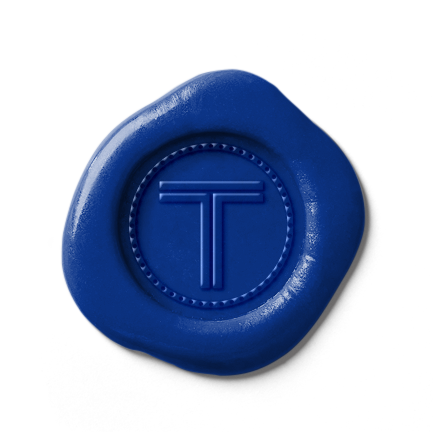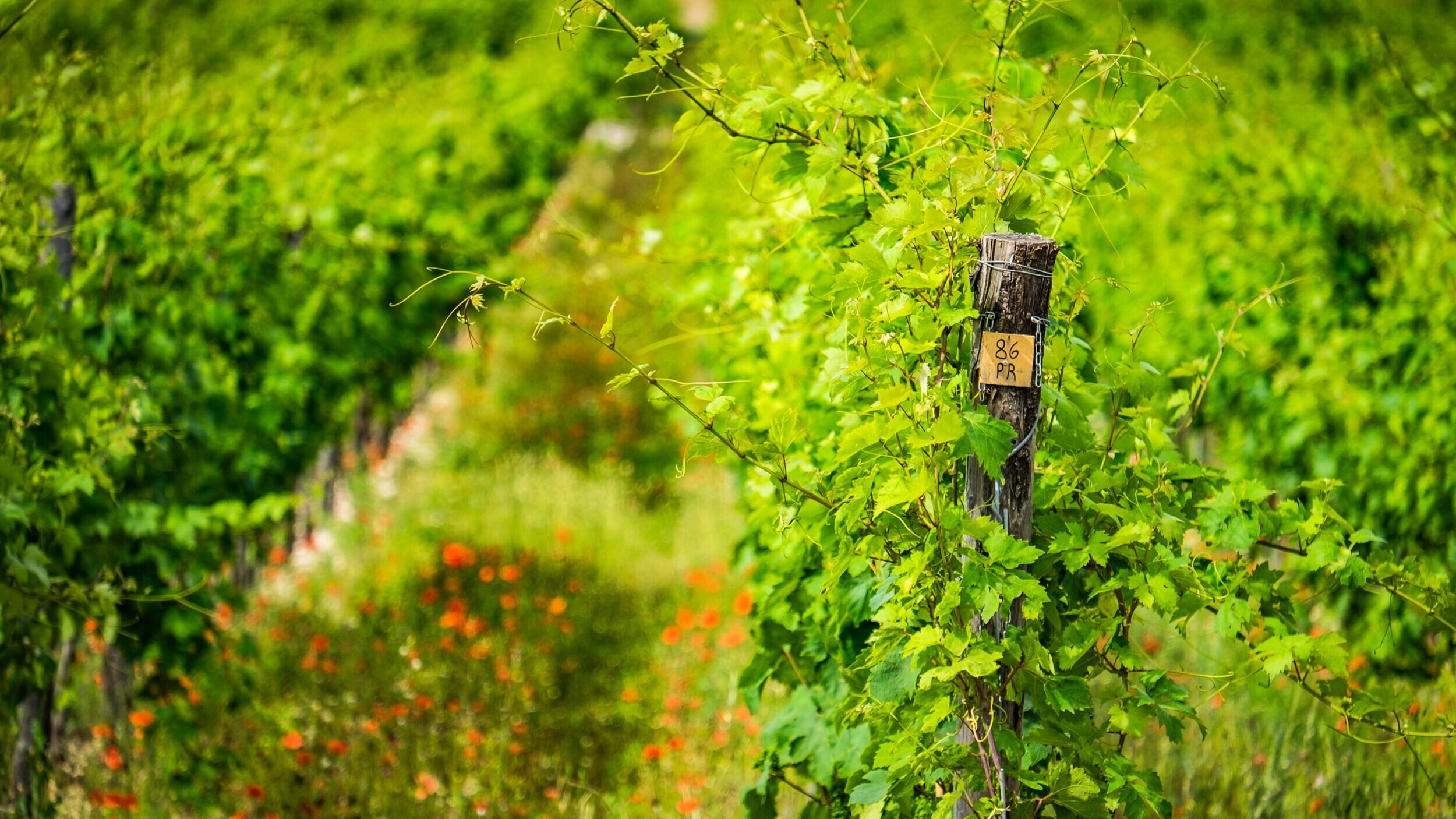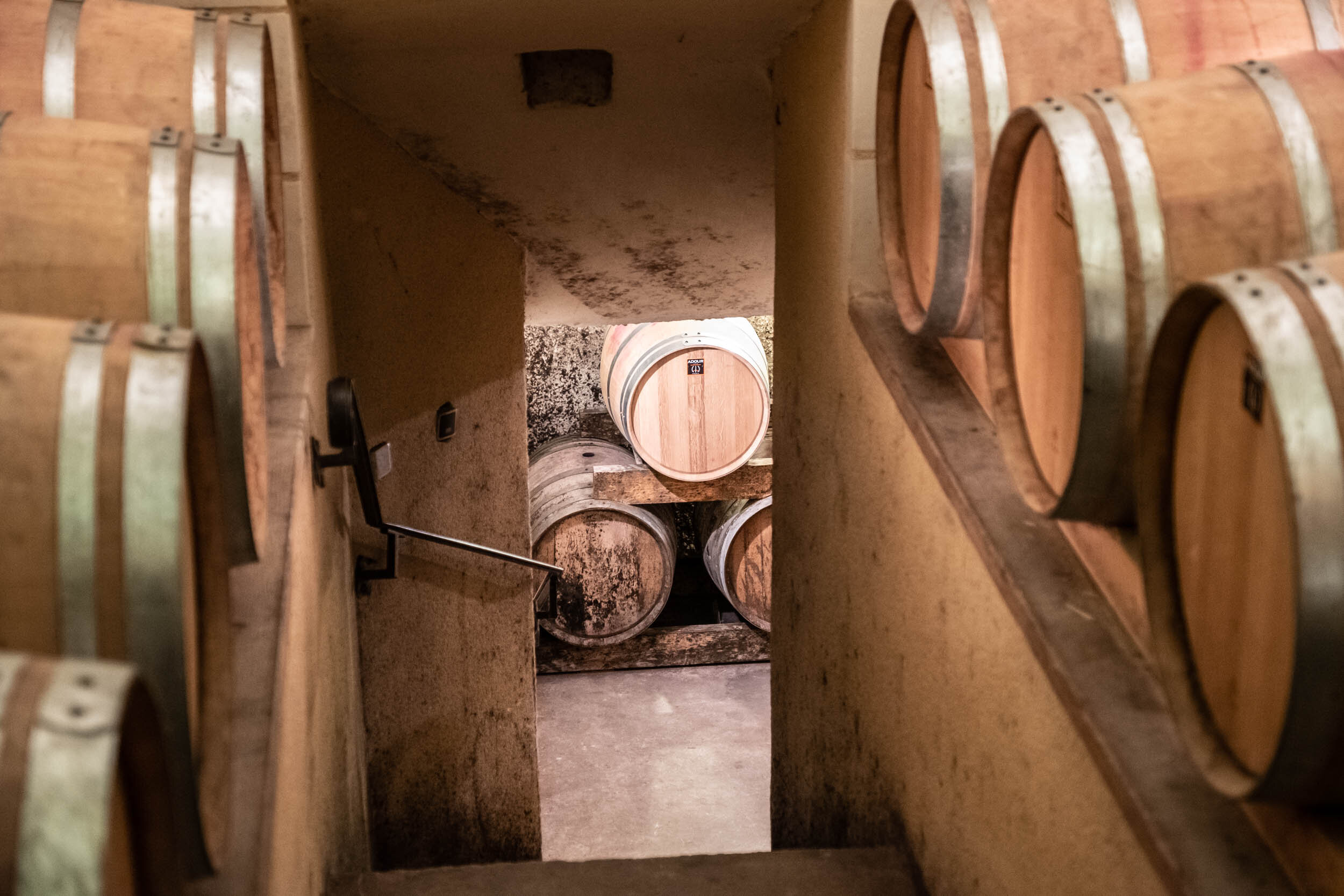Flowers in Wine?
A Guide To White Aromatics
Have you ever watched a winemaker swirl and sniff the contents of a glass and then confidently declare something like, “I detect a bouquet of bruised apples” or “I notice some wilted gardenia flowers”? You may have thought, “wow, I could never do that” (Or, “wow, that person is pretentious!”). But, while identifying wine aromas can be a cool party trick, it’s also a practical skill that anyone can learn—there’s no secret sommelier magic involved. It’s easy to overthink wine aromas and feel pressure to give the “right” answer.
But good news: there are no right answers!
It’s not a hard science—what you smell as lemon, your friend might smell as lime; your apricot could be someone else’s nectarine. Sometimes, the characteristics in a wine can even come together to create an association that’s meaningful only to you, like the scent of a favorite childhood cookie recipe.
Tony, Dry Farm Wines Family, enjoys pure Natural Wine in Paris
Wine tasting is intensely personal.
If you grew up on a farm outside Atlanta eating fresh peaches every day, you may be quite good at identifying the fragrance of peach. Genetic factors can also play a role in our varied abilities to recognize smells.
There is some science about how those scents end up in your wine glass, too. White wine can include many different categories of aromas that are naturally derived from the grapes alone—fruity, herbaceous, floral, vegetal, and more.
Each grape variety contains certain aroma compounds identical to those in other familiar plants and produce. That rose petal smell in your Gewürztraminer comes from a compound called geraniol, also found in—you guessed it—roses. And the zesty citrus scent in your Riesling? That could be from limonene, which shows up in the peels and lemons and limes.
Each grape variety has its own signature characteristics—
Biodiversity on full display in a Dry Farm Wines Natural vineyard!
That’s how wine professionals are often able to identify them in blind tastings. Here are a few examples:
Chenin Blanc, commonly grown in France’s Loire Valley, often smells of tart apples, honeysuckle, chamomile, and even hay.
Melon de Bourgogne, from further west down the Loire River, is less fruit-centric and more mineral-driven, with notes of wet stone, salt, and citrus.
Austria’s signature Grüner Veltliner commonly has telltale white pepper and herbal notes—sometimes even asparagus—alongside lime, apple, and stone fruit aromas.
But any grape variety can pick up different nuances depending on where it’s grown or how it’s made.
Wine fermenting in oak barrels in Domaine Jourdan’s private cellar
Aromas can be introduced through winemaking techniques. Oak barrels can lend vanilla, spice, or toast notes, while malolactic fermentation converts the tart, fruity acid found in grapes to the softer, creamier acid found in dairy products (think buttery California Chardonnay). Aromas change as wines age—slow exposure to oxygen gives fresh fruit a cooked or dried character, and can add nutty or caramelized notes. Soil types and weather conditions can also influence wine aromas—grapes grown in limestone soils tend to show more mineral qualities; wines made in hot regions will have riper, more intense fruit character.
Our Top 4 Tips for Identifying White Wine Aromas:
Practice smelling! The common “gooseberry” characteristic of New Zealand Sauvignon Blanc is hard to identify unless you’ve smelled it before. We love going to the farmers’ market, the specialty spice shop, the florist. . . and smelling everything!
Check out the aroma wheel, a handy graphic developed at UC Davis. It can help you start with a broad scent category and narrow it down to the specific. Once you get the hang of tasting this way, it becomes easier.
Taste mindfully, and often. We love drinking wine, but sometimes it’s worth slowing down: swirl the glass for ten seconds to release the aromas, stick your nose inside, and take a deep, slow inhale. Think about the different smells you observe—starting with broad strokes—and slowly start to narrow it down to the best of your ability.
Make sure the wine is not too cold. When you taste it; serve lighter, unoaked white wines between 45 and 50 ̊ F, and richer or oakier whites slightly warmer, around 50 to 55 ̊ F. Ice-cold wines will release fewer aromatic compounds, making them difficult to smell.





